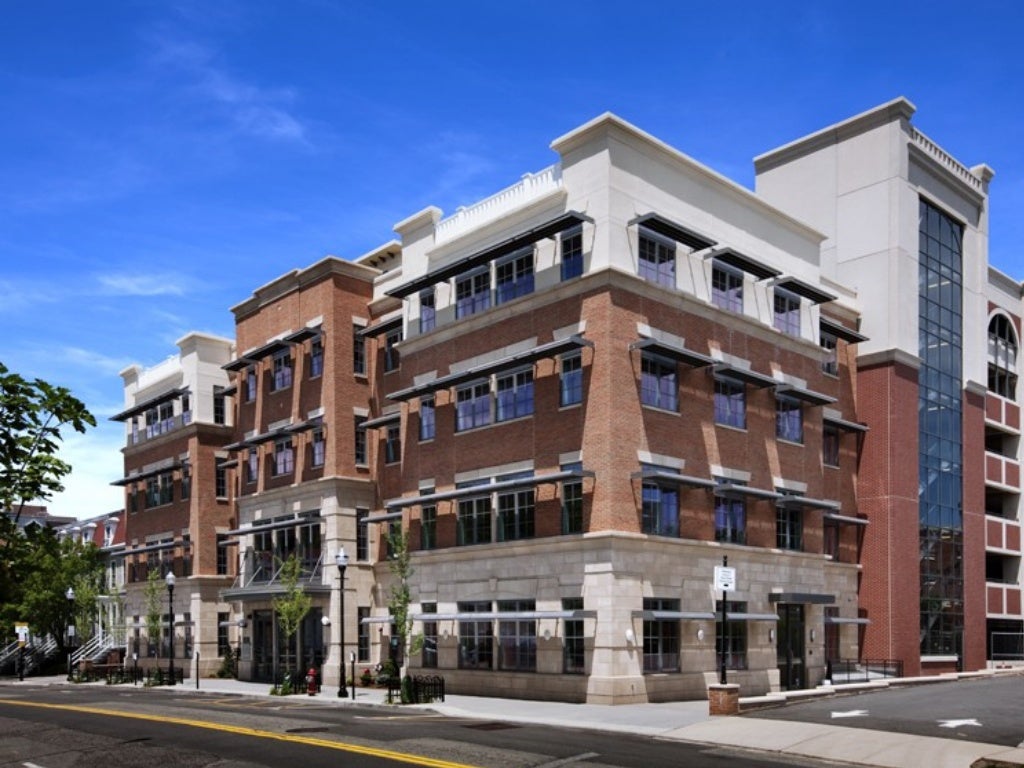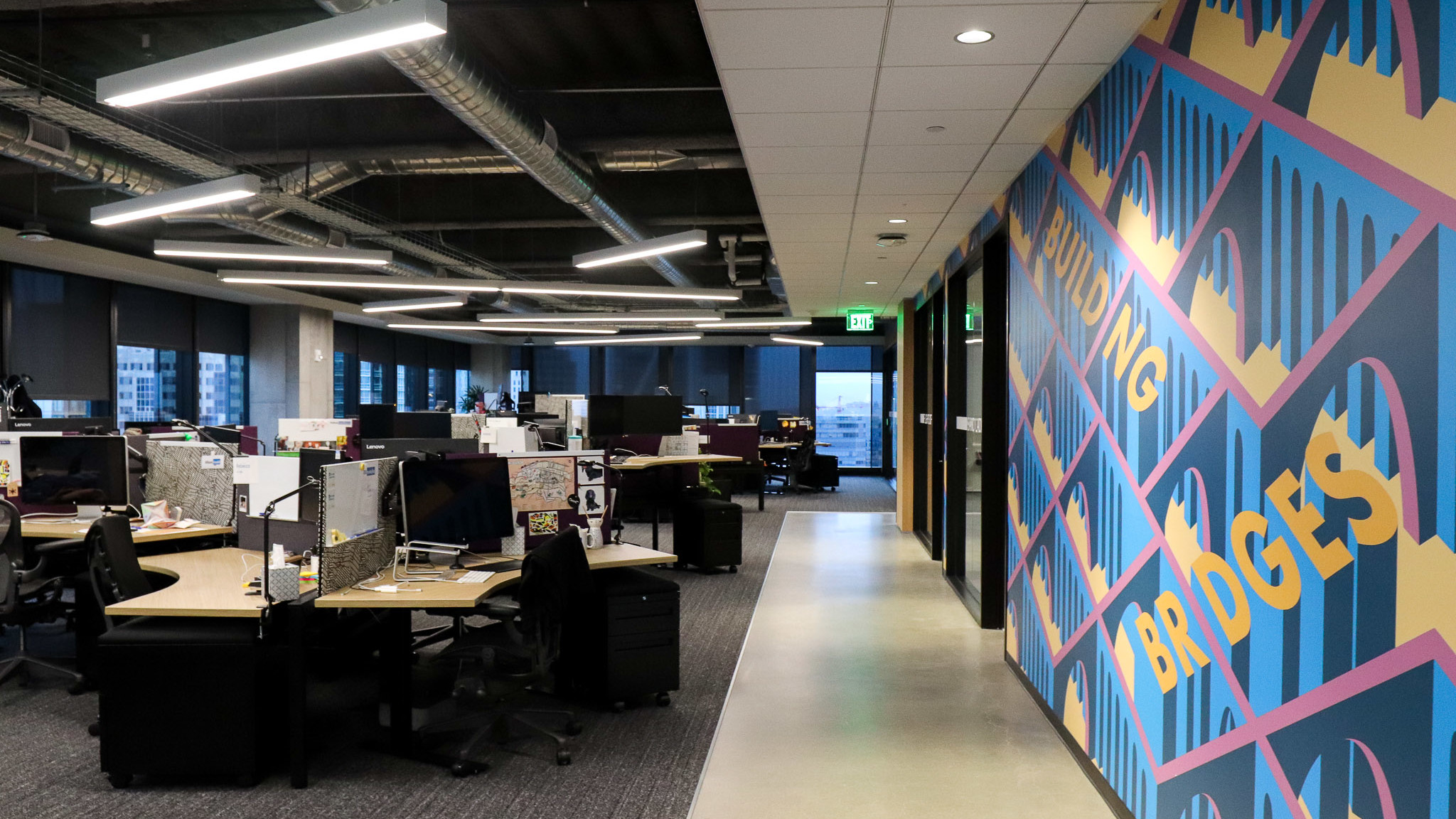

That’s why we’ve adopted a mindset of testing and experimentation and adjustment throughout this process. People will use the office if it’s a space they want to be in. This was an important way to ensure that many of the employees from underrepresented groups, who prefer to work from home because it involves less code-switching, also feel comfortable returning to the office. We refer to this as “the new professionalism,” where people can bring more of their unedited selves to work, reducing formality in favor of authenticity and personal comfort. We also made clear that our norms about attire and other aspects of showing up to work are more flexible than ever before. Taking into account conditions such as paralysis, visual or auditory impairment, neurodivergence, anxiety, and more, we considered everything from ramps to light and glare, stimulation level to acoustics, degree of privacy to furniture that would accommodate 60 different postures. Thus, inclusive design principles informed all the choices we made for the new LinkedIn headquarters.

Work culture in general and office design in particular need to reflect a more complex and varied workforce, including and those with physical and cognitive disabilities. Some of the backlash around a return to the office in corporate America comes down to a rejection of old models of professionalism. The entire building is also vertically organized to map to a gradient of work styles, from the most social on the ground floor (with co-working spaces, a market-style cafeteria and coffee shop) to the most heads-down at the top. Some look like living rooms and serve as an area for socializing or group discussions others have perch points for individual work or pair meetups. One of the biggest changes we made to the original pre-pandemic headquarters design was cutting the number of traditional workstations by about 40% and replacing them with several dozen seating areas - distinct “neighborhoods” for each team laid out to suit their typical activities. So, I plan my visits when I can spend time meeting the team informally.” This includes working from home when that feels right.Īs a member of LinkedIn’s sales team noted, “It doesn’t make sense to come into the office on days where I will be in a meeting room for most of the day. Workplace design has to allow people to find individualized routines and rhythms that feel good for them. We learned during lockdown that productivity goes up when workers have more personal agency. We offer everything from a quiet library to a bustling café, and employees can choose to work wherever they want whenever they want. That’s why LinkedIn’s new HQ incorporates spaces that accommodate all of these use cases: focus, collaboration, learning, and socialization, as well as rest. Most employees are looking for places to build (or rebuild) the social capital - which McKinsey defines as “the presence of networks, relationships, shared norms, and trust” - that has eroded over the last two years. For many Gen Z employees, the return to the office is a welcome opportunity to find what they’ve been largely missing during the pandemic - space for in-person mentoring, learning opportunities, and growth. For working parents, that might be a station where they can do heads-down work away from the distractions and responsibilities of home. The office should accommodate diverse roles and preferences. Here are three of the central lessons we’ve learned so far. Through research, design, and now the adoption of the new space, including norms around its use, the process has been one of testing and refinement - balancing in-person, hybrid, and remote work in a way that supports employee well-being while continuing to move the company forward. Most recently, we’ve put new thinking on hybrid work to the test in designing LinkedIn’s 250,000 square foot global headquarters, called B1, on the existing 29-acre campus in Silicon Valley.Īlthough this effort started before the pandemic, we’ve worked together to adapt our plans for this moment in work history.

For their organizations the goal is clear: Make hybrid work more viable and sustainable.Īs an employee of LinkedIn and consultant at NBBJ, respectively, we’re always trying to better understand workplace trends and support both our employees and our user base in navigating them. According to Gallup, m ore than half of people who can work remotely expect or prefer to do so at least part of the time from now on. We’re now in the next chapter of the great pandemic-instigated work experiment.


 0 kommentar(er)
0 kommentar(er)
